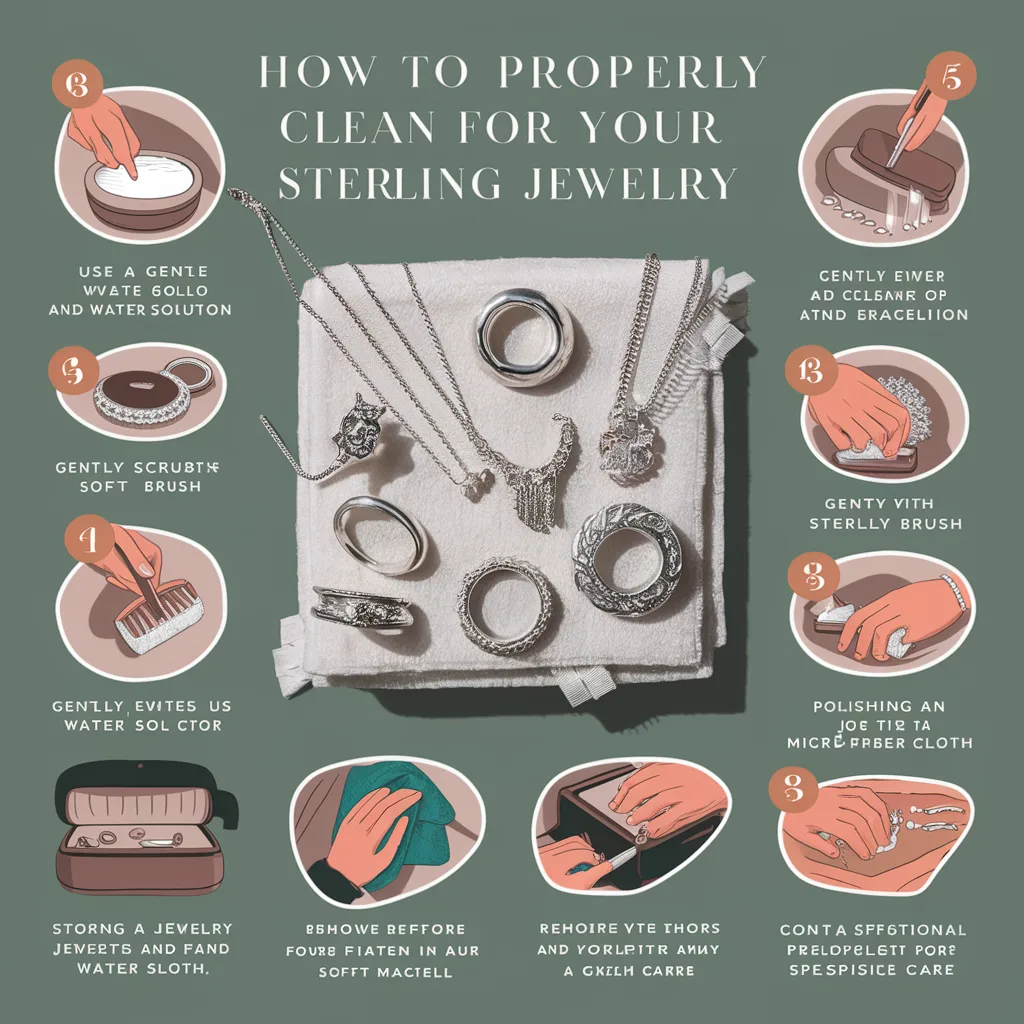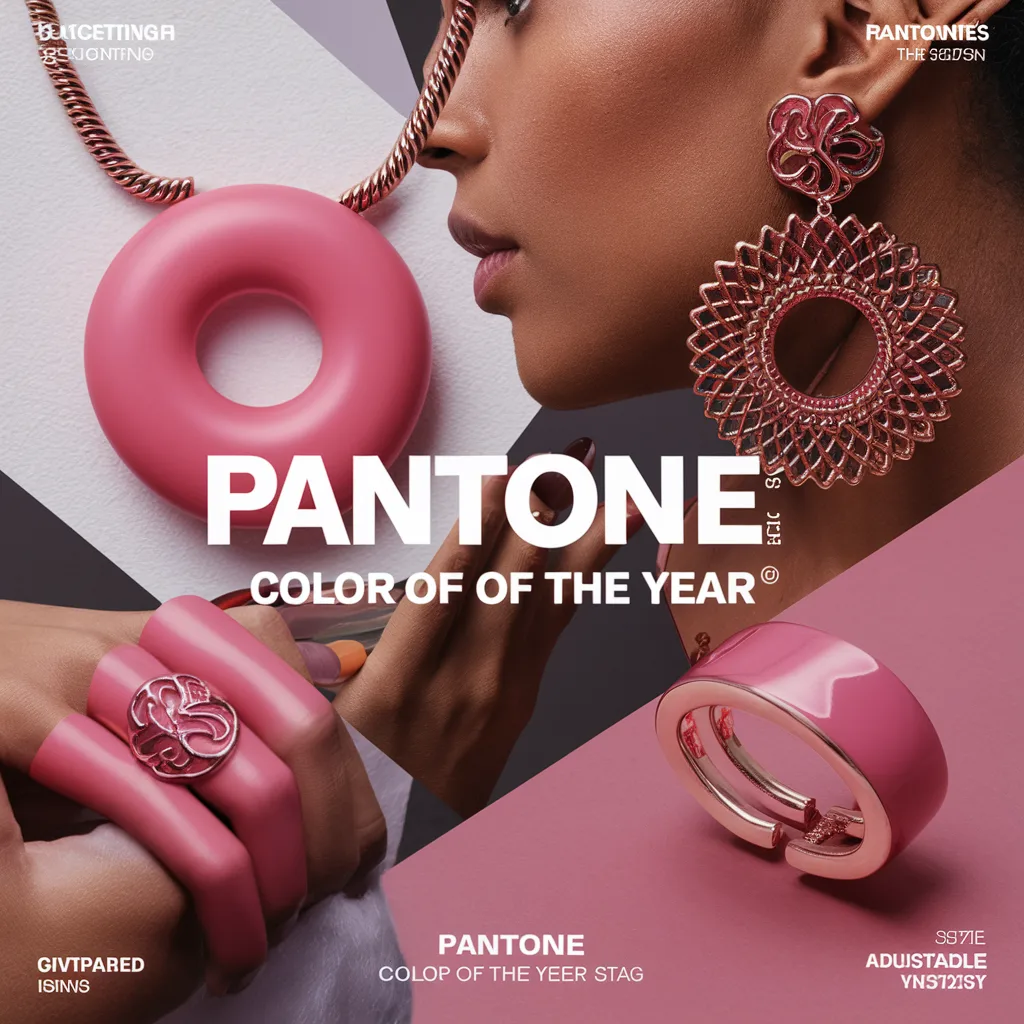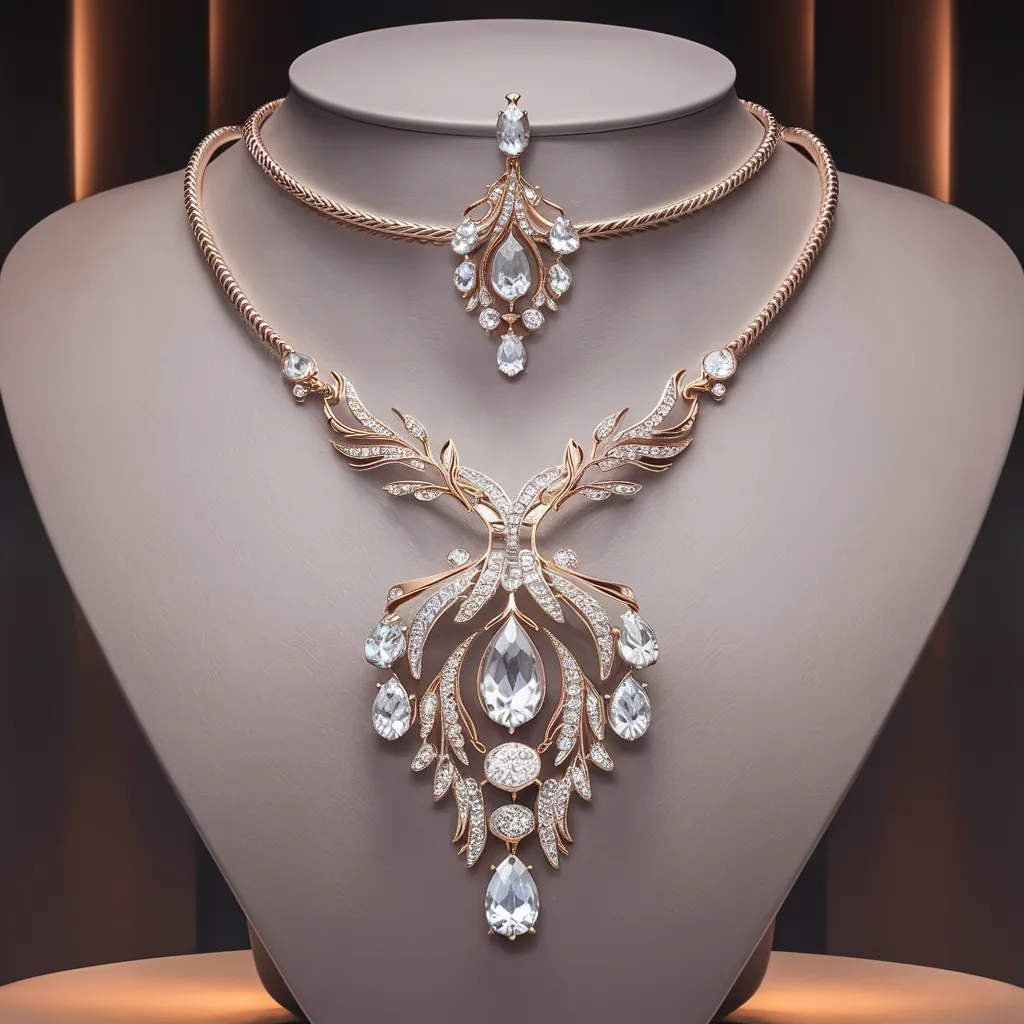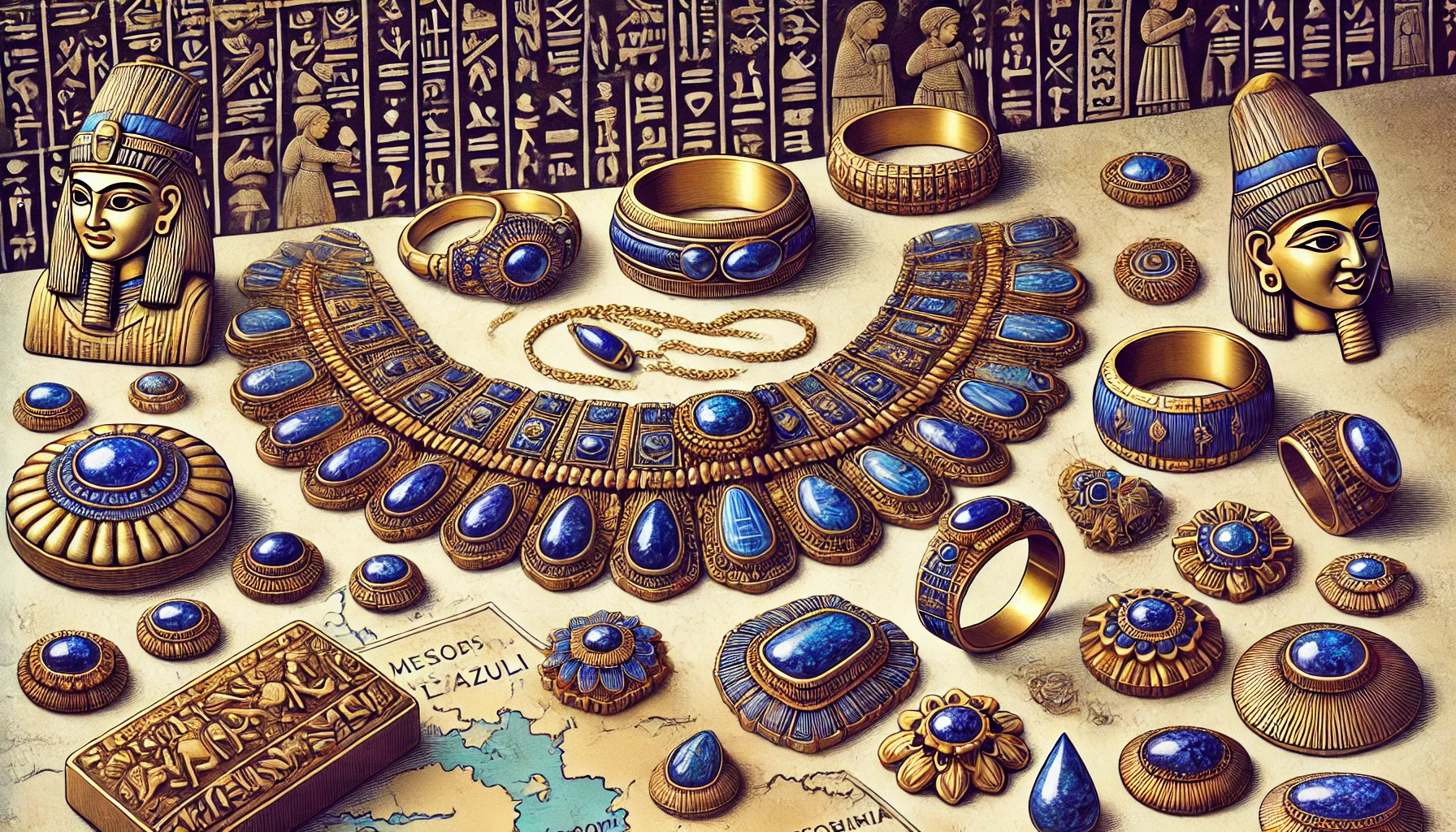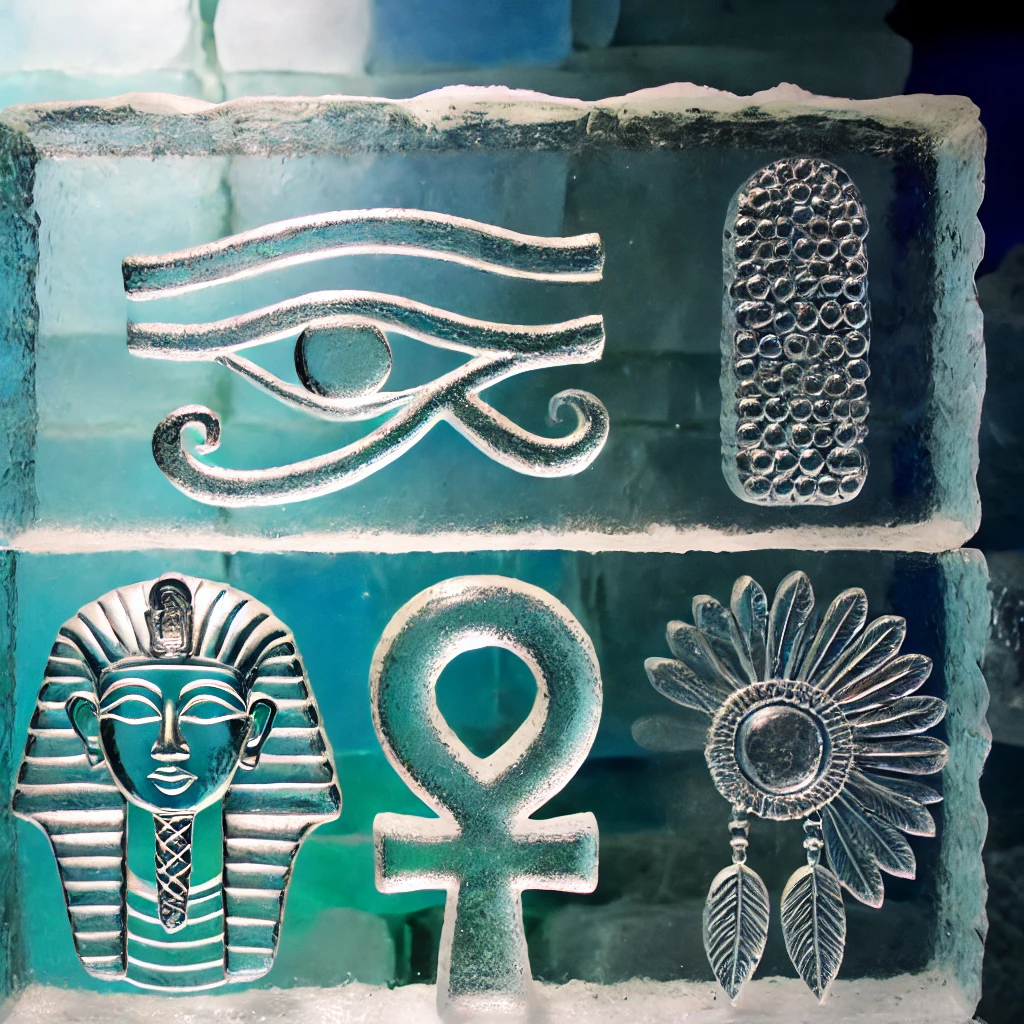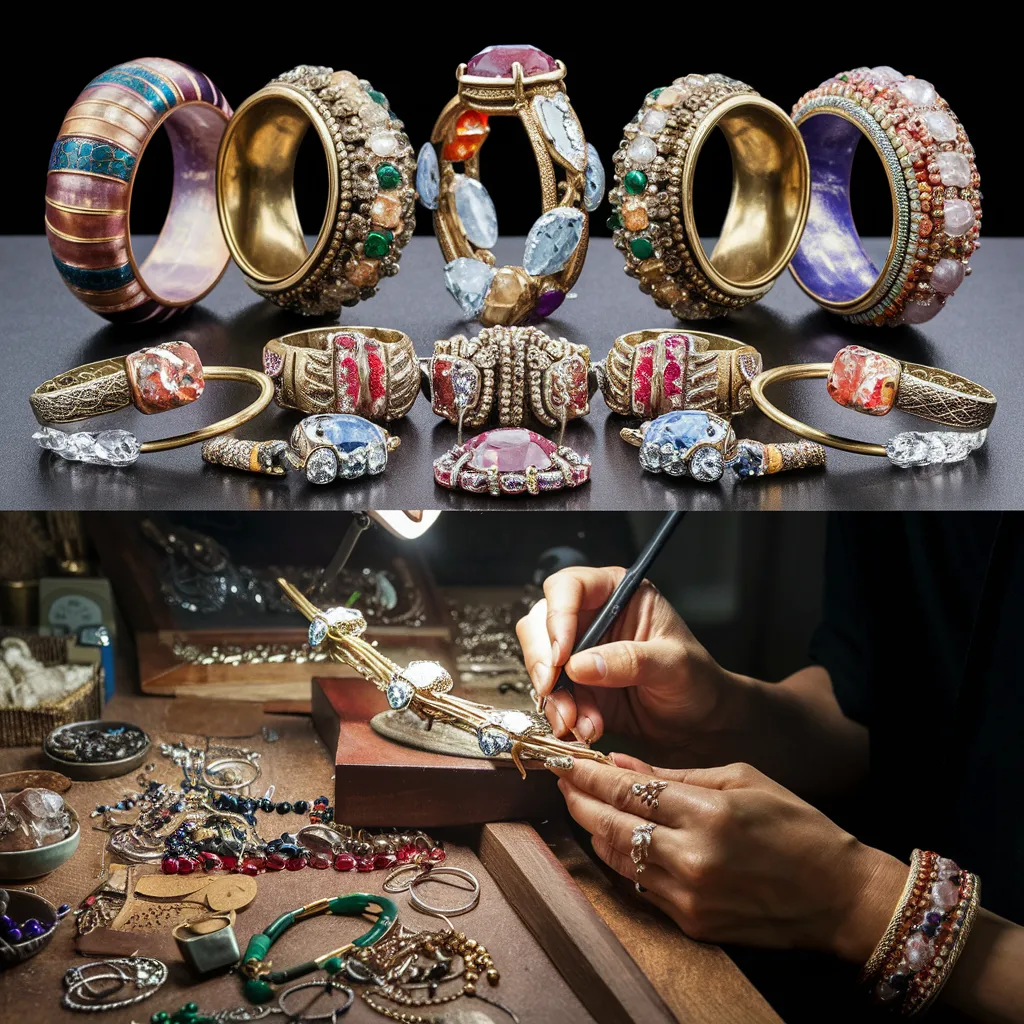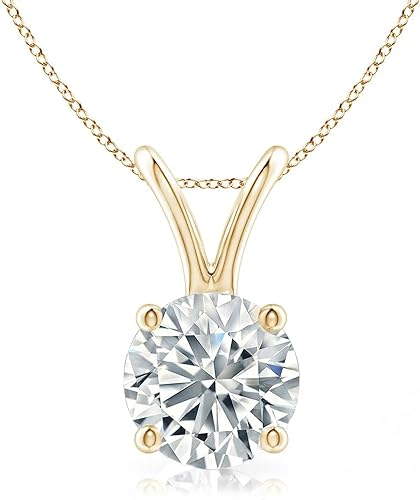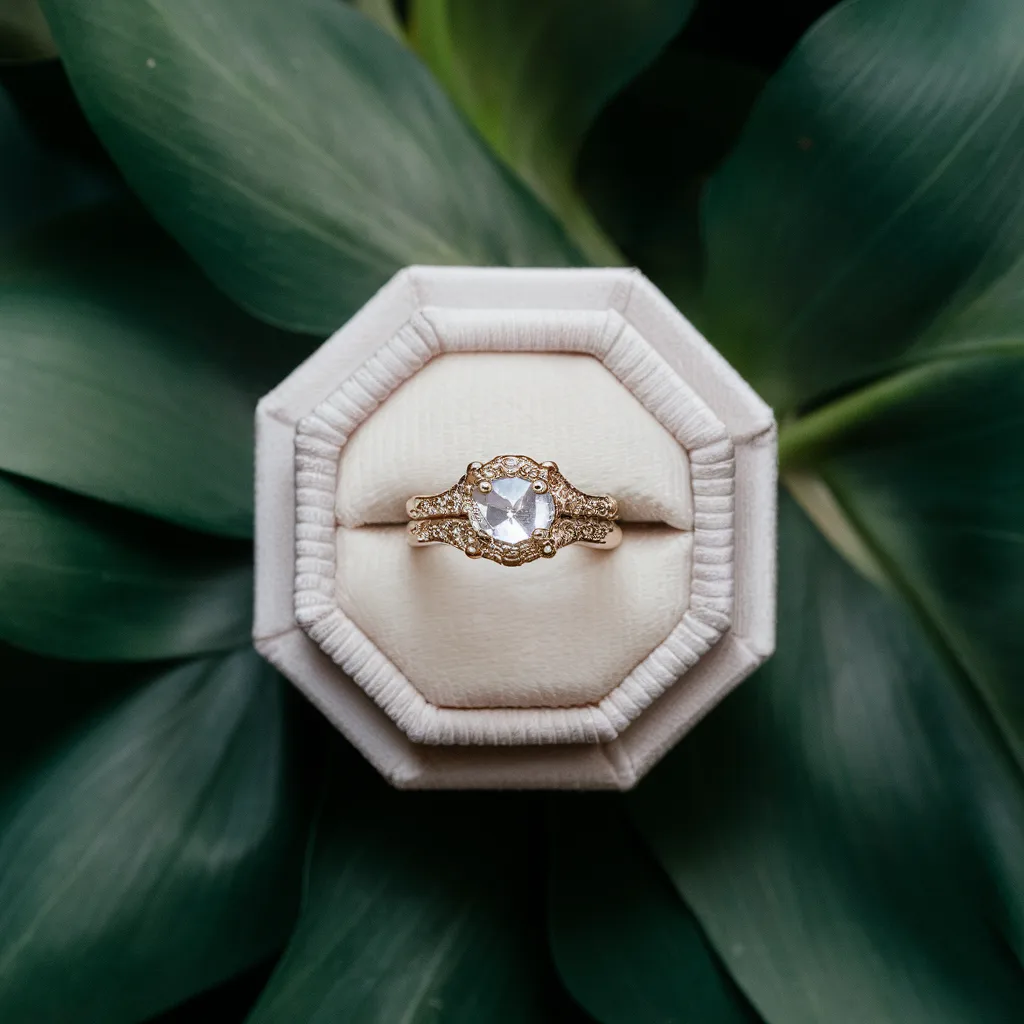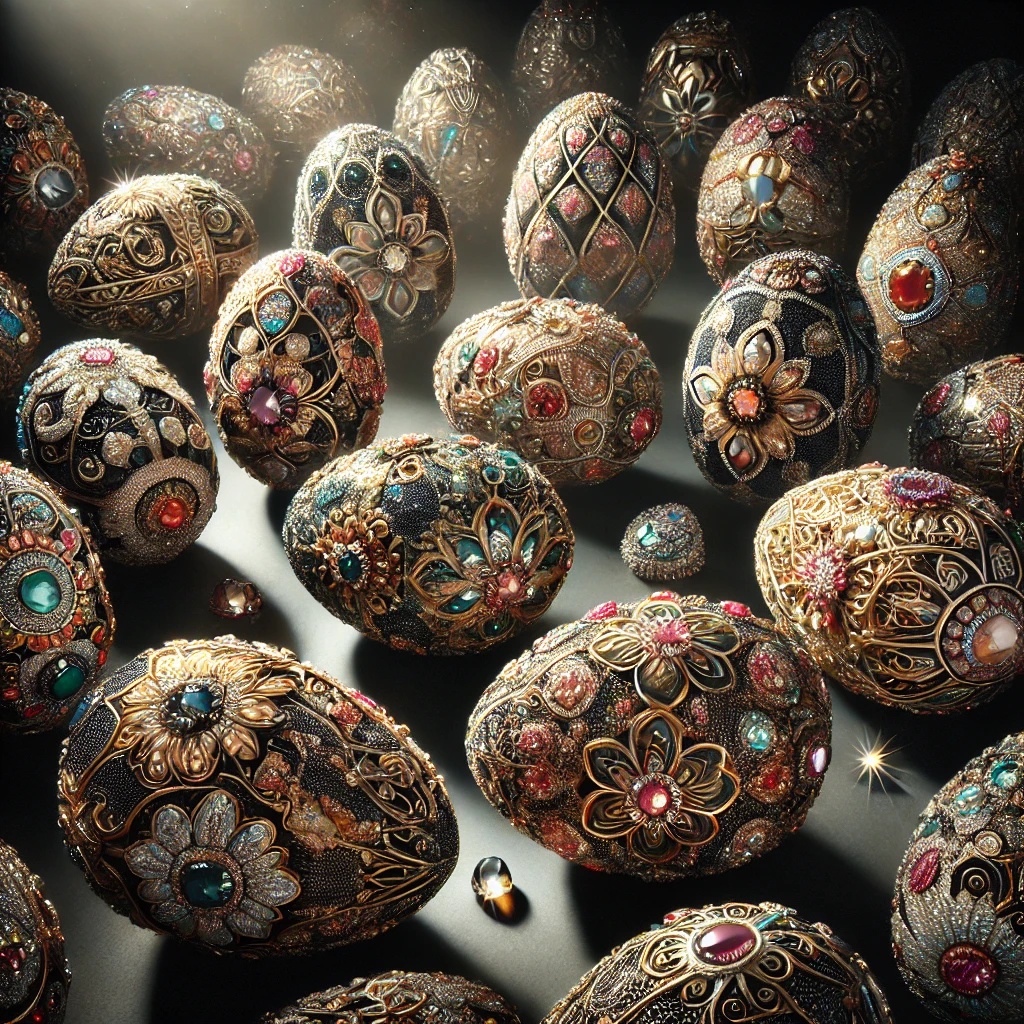
The Artistry of Fabergé: The Legacy of Russian Jeweled Masterpieces
Introduction
Overview of Fabergé's Significance in Jewelry
The name Fabergé is synonymous with unparalleled craftsmanship, luxury, and artistic excellence. Renowned for its exquisite jeweled creations, the House of Fabergé produced some of the most iconic and intricate masterpieces in the history of jewelry. The artistry of Fabergé transcends mere ornamentation, embodying a legacy of innovation, cultural significance, and timeless beauty.
Importance of Russian Jeweled Masterpieces
Fabergé's masterpieces hold a special place in the annals of Russian and global art history. These creations are not only symbols of opulence but also reflect the rich cultural heritage and artistic traditions of the Russian Empire. From imperial commissions to unique private collections, Fabergé's works continue to captivate and inspire enthusiasts and collectors worldwide.
Historical Background
Origins of Fabergé
The Fabergé legacy began in 1842 when Gustav Fabergé founded a modest jewelry business in Saint Petersburg, Russia. His son, Peter Carl Fabergé, would later elevate the brand to international acclaim. The Fabergé name soon became synonymous with exceptional quality and innovative design, earning the patronage of the Russian Imperial family and European aristocracy.
The House of Fabergé
Under Peter Carl Fabergé's leadership, the House of Fabergé flourished. By the late 19th century, it had become one of the most prestigious jewelry firms in the world. The company's dedication to craftsmanship, attention to detail, and creative vision set it apart from its contemporaries. The House of Fabergé produced a wide range of jeweled objects, including its famous Easter eggs, which became symbols of luxury and artistic brilliance.
Early Influences and Inspirations
Peter Carl Fabergé's education and travels across Europe exposed him to various artistic styles and techniques. He was particularly influenced by the Renaissance and Rococo periods, as well as the work of contemporary French jewelers. These influences, combined with his own creative genius, resulted in a unique and distinctive style that defined Fabergé's creations.
Key Figures
Peter Carl Fabergé: The Mastermind
Peter Carl Fabergé was the visionary behind the House of Fabergé's success. Born in 1846, he took over the family business in 1872 and quickly established himself as a master jeweler. His innovative designs and meticulous attention to detail earned him the admiration of clients and peers alike. Fabergé's ability to blend artistic beauty with technical precision set new standards in the world of jewelry.
Notable Artisans and Collaborators
The success of the House of Fabergé was not solely due to Peter Carl Fabergé's talents. The firm employed a team of highly skilled artisans, including goldsmiths, enamelers, and gem cutters, who brought Fabergé's visions to life. Notable artisans such as Michael Perkhin, Henrik Wigström, and Alma Pihl played crucial roles in creating some of the most celebrated Fabergé pieces. Their expertise and dedication were instrumental in maintaining the high standards of the Fabergé brand.
The Fabergé Eggs
History and Significance
The Fabergé Eggs are perhaps the most famous creations of the House of Fabergé. Commissioned by the Russian Tsars Alexander III and Nicholas II as Easter gifts for their wives and mothers, these eggs are masterpieces of design and craftsmanship. Each egg contained a hidden surprise, ranging from miniature portraits to mechanical wonders. The tradition began in 1885 with the creation of the first Imperial Egg and continued until the Russian Revolution in 1917.
Techniques and Materials Used
The creation of Fabergé Eggs involved a variety of techniques and materials. Enameling, gemstone setting, and intricate metalwork were combined to produce these exquisite objects. The use of precious metals such as gold and platinum, along with an array of gemstones, added to the opulence and allure of the eggs. Fabergé's innovative use of guilloché enamel, a technique that creates intricate patterns on metal surfaces, became a hallmark of his work.
Famous Fabergé Eggs
Among the 50 Imperial Eggs created by Fabergé, several stand out for their historical and artistic significance. The "Hen Egg," the first Imperial Egg, featured a white enamel shell that opened to reveal a golden yolk, a hen, and a miniature crown. The "Coronation Egg," created in 1897, commemorated the coronation of Tsar Nicholas II and contained a detailed replica of the Imperial coach. Each Fabergé Egg tells a unique story, reflecting the opulence and grandeur of the Russian Imperial Court.
Other Notable Creations
Jeweled Trinkets and Miniatures
Beyond the renowned Fabergé Eggs, the House of Fabergé created a myriad of other exquisite objects. Jeweled trinkets, such as miniature animals, flowers, and picture frames, showcased the same level of artistry and craftsmanship. These pieces, often commissioned as gifts or personal keepsakes, were meticulously designed and adorned with precious stones, enamel, and intricate metalwork.
Decorative Objects and Personal Accessories
Fabergé's repertoire extended to a wide range of decorative objects and personal accessories. From elegant cigarette cases and snuff boxes to luxurious desk sets and vanity items, Fabergé's creations were coveted by the elite. Each item was a testament to the brand's commitment to combining functionality with artistic beauty, often featuring elaborate designs and innovative mechanisms.
Custom Commissions for the Russian Imperial Family
The Russian Imperial Family were Fabergé's most illustrious patrons, commissioning numerous bespoke pieces for personal use and as gifts. These custom commissions included not only the famous eggs but also an array of personal jewelry, religious icons, and elaborate tableware. Fabergé's ability to tailor his creations to the tastes and preferences of his clients cemented his reputation as the jeweler of the Russian court.
Craftsmanship and Techniques
Enameling: Cloisonné, Guilloché, and Champlevé
Enameling was a signature technique in Fabergé's creations. The House of Fabergé mastered several enameling methods, including cloisonné, where colored enamel is separated by metal strips; guilloché, which involves engraving intricate patterns onto metal before applying enamel; and champlevé, where cells are carved into the metal surface and filled with enamel. These techniques added depth, color, and texture to Fabergé's masterpieces.
Gemstone Selection and Setting
Fabergé's meticulous attention to detail extended to the selection and setting of gemstones. The jeweler sourced the finest diamonds, rubies, emeralds, sapphires, and other precious stones. Each gem was carefully cut and set to maximize its brilliance and complement the overall design. The use of innovative setting techniques, such as invisible settings and pavé, enhanced the visual impact of the pieces.
Innovative Techniques and Materials
The House of Fabergé was known for its innovative approach to jewelry making. Peter Carl Fabergé and his artisans continually experimented with new materials and techniques to push the boundaries of traditional craftsmanship. This included the use of non-traditional materials like rock crystal and nephrite, as well as the development of unique mechanical elements that added a sense of wonder and surprise to many pieces.
Artistic Influence
Influence on Contemporary Jewelry Design
The influence of Fabergé's artistry extends beyond the confines of his era. Contemporary jewelry designers often draw inspiration from Fabergé's innovative techniques, intricate designs, and use of color. The legacy of Fabergé continues to shape the aesthetic and technical approaches of modern jewelers, who strive to emulate the perfection and creativity that defined Fabergé's work.
Impact on Russian Art and Culture
Fabergé's creations are an integral part of Russia's cultural heritage. The opulence and artistry of Fabergé's pieces reflect the grandeur of the Russian Imperial era and contribute to the nation's rich artistic tradition. Museums and exhibitions dedicated to Fabergé's work serve as cultural touchstones, preserving and celebrating the legacy of one of Russia's most illustrious artists.
Market and Collecting
Fabergé in Modern Auctions
Fabergé pieces remain highly sought after in the modern auction market. Collectors and enthusiasts eagerly bid on these rare treasures, with some pieces fetching record-breaking prices. The enduring appeal of Fabergé's work lies in its exceptional craftsmanship, historical significance, and rarity. Major auction houses, such as Sotheby's and Christie's, regularly feature Fabergé items in their high-profile sales.
Famous Collectors and Collections
Over the years, numerous high-profile collectors have amassed significant Fabergé collections. Notable collectors include the British Royal Family, particularly Queen Elizabeth II, who possesses a remarkable array of Fabergé items. Other prominent collectors include Malcolm Forbes and Viktor Vekselberg, whose collections have been displayed in museums and exhibitions worldwide.
Valuation and Authentication
The valuation and authentication of Fabergé pieces require expertise and meticulous examination. Factors such as provenance, condition, and rarity play crucial roles in determining the value of a Fabergé item. Authenticating a piece involves scrutinizing the maker's marks, craftsmanship, and historical records. Expert appraisers and historians work together to ensure the integrity and authenticity of Fabergé artifacts in the market.
Legacy and Revival
Post-Revolution History
The Russian Revolution of 1917 marked a significant turning point for the House of Fabergé. The upheaval led to the nationalization of the Fabergé workshops, and the Fabergé family fled Russia. The subsequent dispersion of Fabergé pieces and the loss of records made it challenging to trace the origins of many items. Despite these difficulties, the legacy of Fabergé survived, with pieces continuing to be treasured worldwide.
Revival of the Fabergé Brand
In the late 20th and early 21st centuries, efforts to revive the Fabergé brand began in earnest. The name was acquired by various companies, and in 2009, the Fabergé brand was relaunched, focusing on producing high-end jewelry and timepieces that honor the original house's legacy. The new collections continue to emphasize exceptional craftsmanship, innovative design, and the use of precious materials, staying true to the spirit of Peter Carl Fabergé's vision.
Modern Fabergé Creations
Today's Fabergé creations blend tradition with contemporary design, appealing to a new generation of collectors and enthusiasts. Modern pieces include a range of jewelry, from engagement rings to statement necklaces, as well as luxury timepieces. These creations often incorporate elements inspired by the original Fabergé masterpieces, ensuring the brand's enduring appeal and relevance in the world of high jewelry.
Cultural Impact
Fabergé in Popular Culture
Fabergé's influence extends into popular culture, where his creations are often referenced in literature, film, and art. The Fabergé Eggs, in particular, have become symbols of luxury and intrigue, appearing in various movies and books as coveted treasures. This cultural representation has helped maintain the mystique and allure of Fabergé's work, ensuring its place in the collective imagination.
Exhibitions and Museums
Fabergé pieces are prominently displayed in museums and exhibitions worldwide, allowing the public to appreciate their beauty and craftsmanship. Notable institutions, such as the Fabergé Museum in St. Petersburg, Russia, and the Virginia Museum of Fine Arts in the United States, house extensive collections of Fabergé works. These exhibitions offer insights into the historical and artistic significance of Fabergé, contributing to the preservation and celebration of his legacy.
Case Studies
Detailed Analysis of Iconic Pieces
Examining iconic Fabergé pieces provides a deeper understanding of the artistry and craftsmanship involved. The "Third Imperial Egg," discovered in 2014, is a prime example. Initially mistaken for a trinket, this egg was revealed to be a lost Fabergé masterpiece, showcasing intricate design and a hidden Vacheron Constantin watch. Such discoveries highlight the enduring allure and historical importance of Fabergé's work.
Stories Behind Specific Fabergé Creations
Each Fabergé piece has a unique story, often intertwined with historical events and personal narratives. The "Lilies of the Valley Egg," created in 1898, features portraits of Tsar Nicholas II and his daughters and is adorned with pearls and enamel. The egg's design and personal elements reflect the intimate connection between Fabergé's creations and the Russian Imperial family, offering a glimpse into their private world.
Challenges and Controversies
Issues of Attribution and Authenticity
The popularity and value of Fabergé pieces have led to issues of attribution and authenticity. Misattributions and forgeries are not uncommon, making it essential for experts to thoroughly examine and verify the provenance of each piece. The presence of fake Fabergé items in the market underscores the importance of rigorous authentication processes and the expertise of seasoned appraisers.
Market Scams and Forgeries
The high demand for Fabergé pieces has also resulted in market scams and forgeries. Unscrupulous dealers and forgers attempt to capitalize on the Fabergé name, creating imitations that can deceive even experienced collectors. These challenges necessitate a vigilant approach to buying and selling Fabergé items, emphasizing the importance of working with reputable dealers and auction houses.
Expert Opinions
Insights from Jewelry Historians
Jewelry historians provide valuable insights into the significance and impact of Fabergé's work. Their research and analysis contribute to a deeper understanding of the techniques, materials, and cultural contexts that define Fabergé's creations. Historians' perspectives help illuminate the artistry and innovation that set Fabergé apart from his contemporaries.
Interviews with Fabergé Experts
Interviews with Fabergé experts offer firsthand accounts and professional opinions on various aspects of Fabergé's legacy. These experts, including curators, appraisers, and collectors, share their knowledge and experiences, shedding light on the enduring fascination with Fabergé's work. Their insights enrich our appreciation of Fabergé's contributions to the world of jewelry and art.
Conclusion
Summary of Fabergé’s Impact on Jewelry
Fabergé's impact on the world of jewelry is unparalleled. His innovative designs, meticulous craftsmanship, and artistic vision have left an indelible mark on the history of jewelry making. The creations of the House of Fabergé continue to captivate and inspire, reflecting a legacy of excellence that transcends time and borders.
Future of Fabergé’s Legacy
The future of Fabergé's legacy looks promising, with continued interest from collectors, historians, and jewelry enthusiasts. The revival of the Fabergé brand and the ongoing appreciation of his masterpieces ensure that Fabergé's contributions to art and jewelry will be celebrated for generations to come. As new discoveries and exhibitions emerge, the fascination with Fabergé's work will undoubtedly endure.

